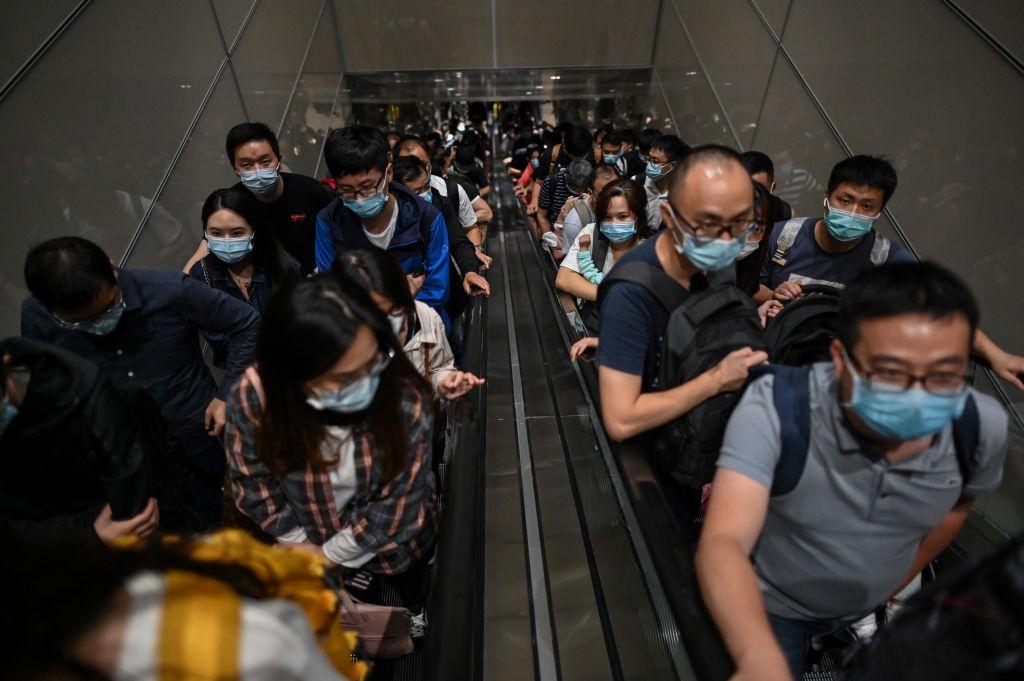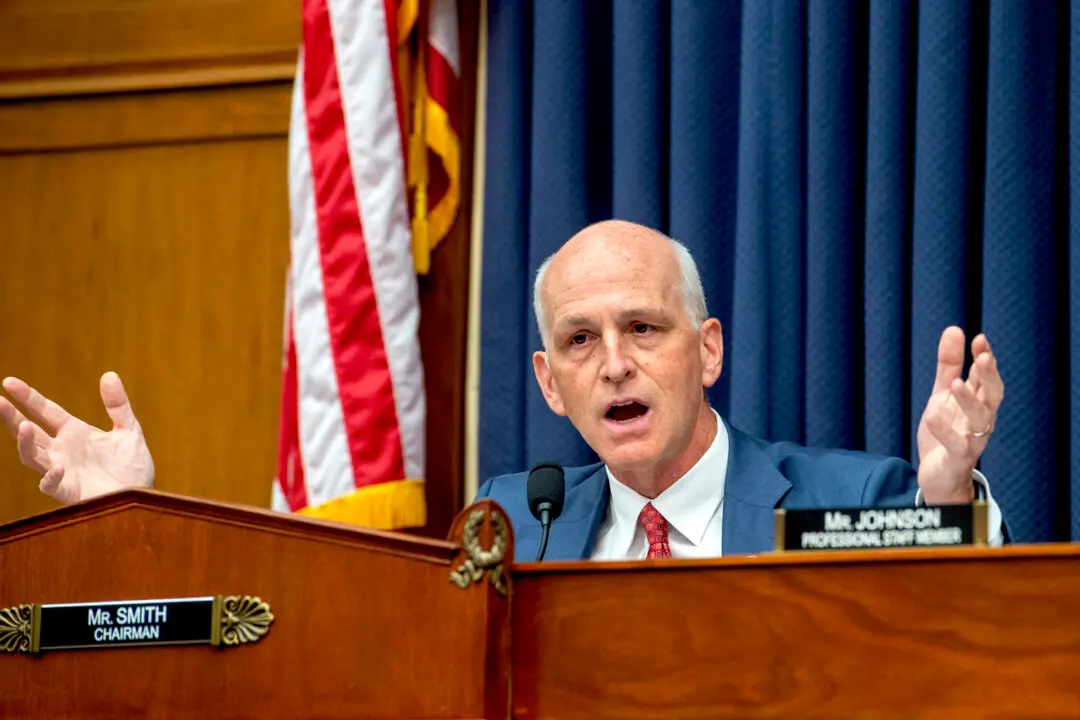A chaotic night unfolded at Shanghai’s international airport after officials suddenly ordered airport-wide COVID-19 testing. The unexpected announcement also turned into a war of words on China’s social media, as netizens debated the government’s actions.
On Nov. 22, Shanghai’s health commission reported two locally-transmitted COVID-19 cases at the city’s Pudong International Airport. The first case involved a 46-year-old man surnamed Cao, who was the co-worker of another infected man surnamed Wu. Wu tested positive for the disease on Nov. 20. The second case involved a 30-year-old woman surnamed Zhang, who was the wife of another airport worker who tested positive for the disease on Nov. 21.





